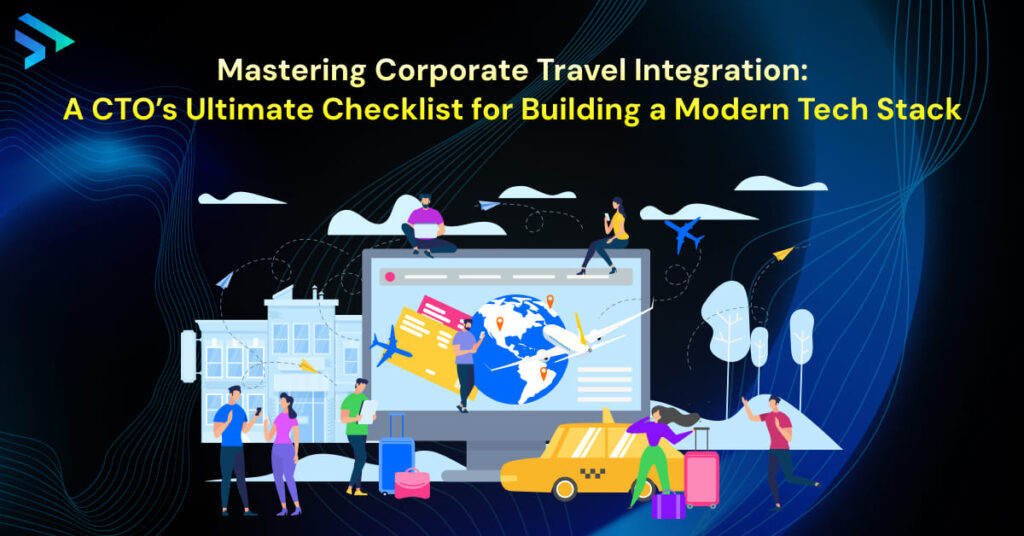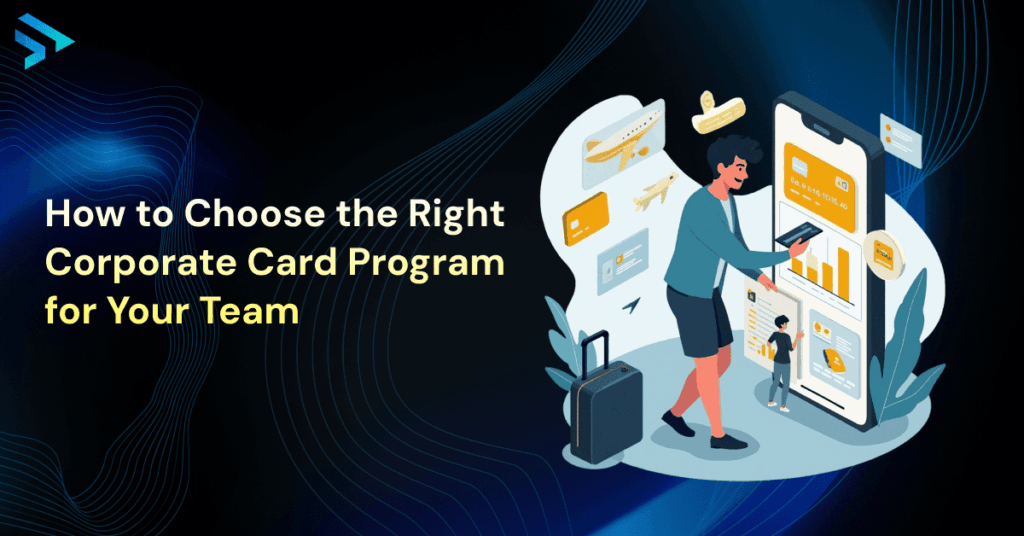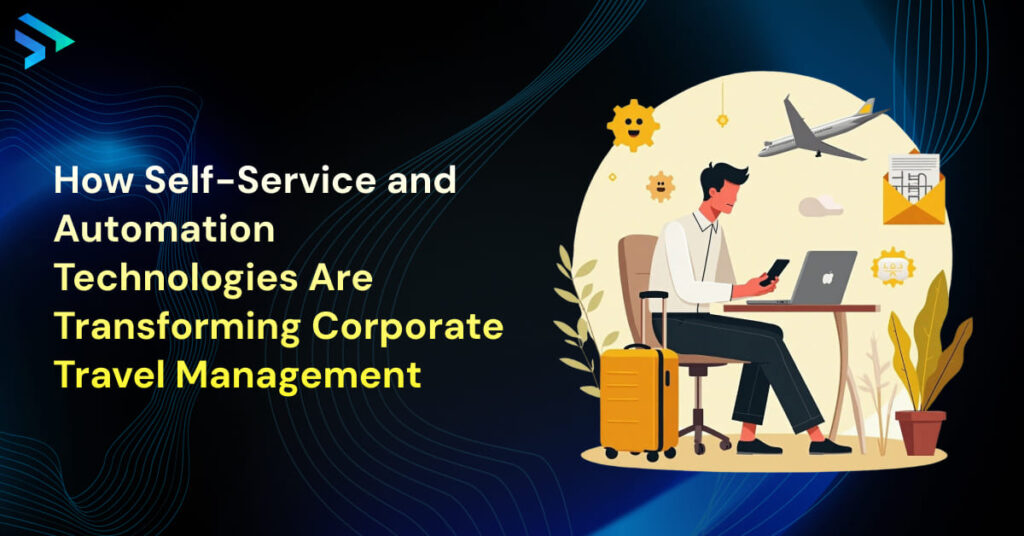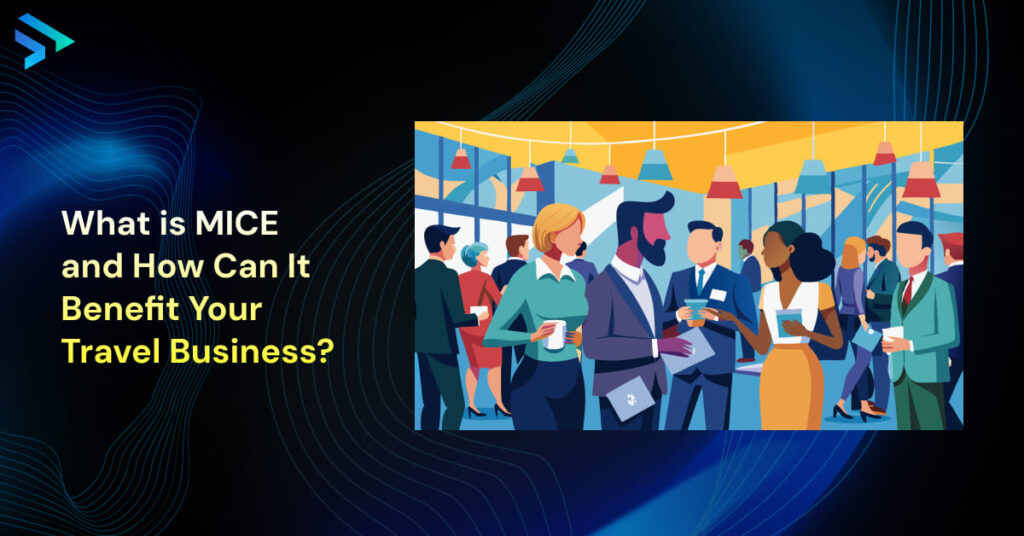Corporate travel used to be seen as a background activity necessary, yes, but hardly strategic. That’s changed.
Today, how an organization manages travel has ripple effects across costs, operations, employee retention, and compliance.
In fact, according to the Global Business Travel Association (GBTA), corporate travel spending globally is projected to reach nearly $1.8 trillion by 2027. That’s not just an operational line item anymore it’s a strategic pillar.
For CTOs, travel integration isn’t just about booking systems. It’s about embedding travel into the tech stack the same way you’d embed CRM, finance, or HR ensuring it contributes to data-driven decision-making, security standards, and employee experience.
This guide isn’t theoretical. It’s practical. If you’re tasked with making travel a seamless, compliant, and scalable part of your digital architecture, this checklist will walk you through it.
What Is Corporate Travel Integration?
When people hear “travel integration,” they often think about connecting a booking tool to an expense platform. That’s only part of the story.
Corporate travel integration means embedding travel deeply into your enterprise systems HR, finance, security, operations. It’s about making travel a natural extension of workflows employees already follow.
Practical Example:
Say your Sales Director books a trip to visit a client. The booking immediately syncs to the CRM as an activity against that opportunity. It also triggers an expense record in your ERP system, and if the trip exceeds budget limits, an automatic approval workflow kicks in.
No manual uploads. No email back-and-forths.
The beauty of proper integration is that employees barely notice it’s there, but leadership gets full visibility, finance gets accuracy, and IT gets compliance.
The Business Case: Why CTOs Must Lead Travel Integration
| Strategic Objective | How Travel Integration Helps |
|---|---|
| Cost Optimization | Easier vendor negotiations, lower leakage |
| Compliance | Enforceable policy layers at the time of booking |
| Security | Data governance, GDPR and CCPA compliance |
| Experience | Reduces traveler frustration through automation |
| Data Insights | Enables predictive spend analytics |
Here’s the real kicker:
Companies that fully integrate travel management software with finance and HR systems save between 18% and 22% annually on travel costs, according to a recent ITILITE report.
Yet many enterprises still treat travel tech as an isolated tool. And that’s where the opportunity lies.
CTO’s Step-by-Step Checklist for Seamless Corporate Travel Integration
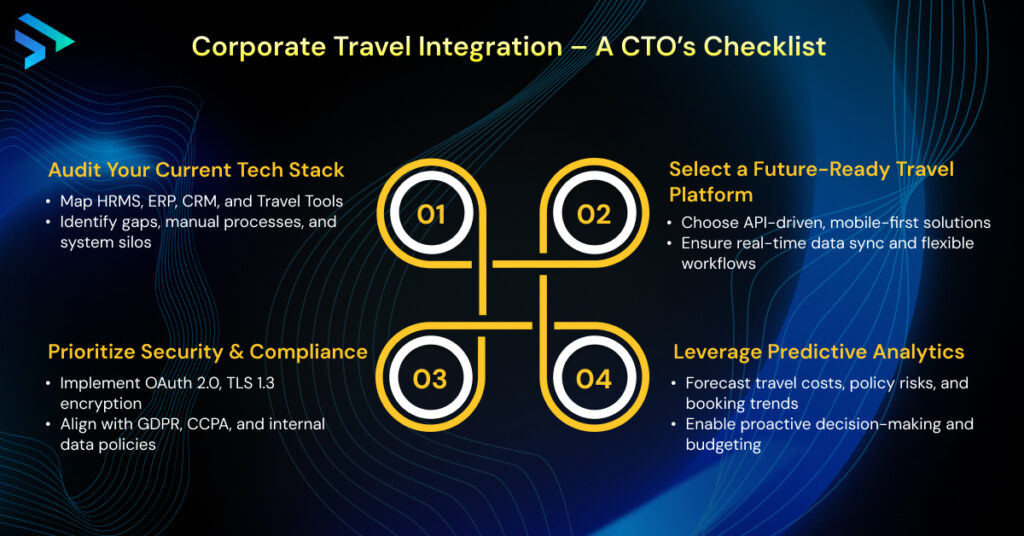
1. Audit Your Current Tech Stack
Before rushing to buy or build anything new, pause.
Get a complete view of your current systems:
- HRMS for employee hierarchy and permissions
- ERP for budgets and approvals
- CRM for sales/client engagement
- Expense Management Systems
- Online Booking Tools (OBTs)
One thing that often surprises teams?
According to Quickbase, companies lose around 20 hours each week dealing with fragmented travel and expense data. That’s almost three full business days gone every month, just reconciling poor systems.
You need to find the cracks before you can patch them.
2. Define Strategic Integration Goals
This is the part most integration projects skip and regret later.
Ask yourself:
- Operational goals: Are we trying to reduce booking times? Slash manual expense entries?
- Employee experience goals: Is mobile-first functionality a must-have?
- Risk/compliance goals: How will we measure adherence to travel policies?
Example:
You might decide you want 90% of standard travel approvals automated within four hours.
Clear goals like that are what separate successful integrations from chaotic ones.
3. Select a Future-Ready Travel Platform
If you pick a rigid platform, your entire integration will feel like dragging an anchor.
Instead, prioritize platforms that offer:
- Rich, open APIs (ideally RESTful or GraphQL)
- Real-time inventory updates (NDC airline APIs matter)
- Built-in mobile apps that aren’t an afterthought
- Customizable workflows not just fixed templates
Vendors like Navan, ITILITE, and SAP Concur come up often because they don’t just handle travel bookings they support full enterprise-grade integrations.
4. Build Core Integrations with Precision
Here’s where the real work begins. Map your integration points:
| System | What It Should Handle | Examples |
|---|---|---|
| HRMS | Access control, eligibility | Workday, BambooHR |
| ERP | Budget checks, expense reconciliation | SAP, Oracle |
| CRM | Tracking client visits tied to deals | Salesforce, HubSpot |
Make sure your data flow is bi-directional wherever possible.
If your ERP knows an employee was promoted, your travel system should know too immediately.
5. Security and Compliance First
Corporate travel deals with sensitive personal data itineraries, credit cards, passport numbers.
Lock it down early.
Minimum Security Standards:
- OAuth 2.0 authentication on APIs
- End-to-end TLS 1.3 encryption
- GDPR/CCPA compliance baked into workflows
- Role-based access controls everywhere
The cost of not doing this?
The IBM Cost of a Data Breach Report shows breaches now cost an average of $4.45 million and regulatory fines could add even more.
6. Leverage Predictive Analytics
Most travel programs are reactive:
“How much did we spend last quarter?”
But with predictive analytics, you can flip the model:
- Predict rising airfare routes and suggest early bookings
- Flag users likely to breach policies
- Forecast which departments will exceed travel budgets
And remember:
Although people often say booking flights 30–60 days ahead saves the most, the Expedia 2023 Air Hacks Report now advises booking at least 28 days before departure for the best domestic deals.
Data evolves your travel program should too.
7. Pilot Programs and Gradual Rollouts
Don’t unleash your new travel system on the entire company at once. That’s asking for disaster.
Pick a high-travel department like Sales.
Run a pilot. Gather data on:
- Booking and approval times
- Expense report accuracy
- Traveler satisfaction
Then adjust before scaling company wide.
8. Future-Proof with Emerging Technologies
You don’t need to implement blockchain tomorrow but your architecture should be ready when the business demands it.
Emerging Opportunities:
- Blockchain: Tamper-proof traveler ID management
- AI Bots: Real-time travel policy enforcement at the booking stage
- IoT Devices: Disruption alerts for weather, strikes, delays
A flexible, modular travel system keeps your options open without locking you into expensive redesigns.
Conclusion:
Travel isn’t a back-office function anymore.
Done right, it can be a driver of compliance, financial health, and even employee loyalty.
By following this checklist, CTOs can move corporate travel out of the shadows embedding it within the enterprise tech stack as a secure, automated, and insight-rich system.
Because at the end of the day, travel should move your people forward not drag your systems backward.
